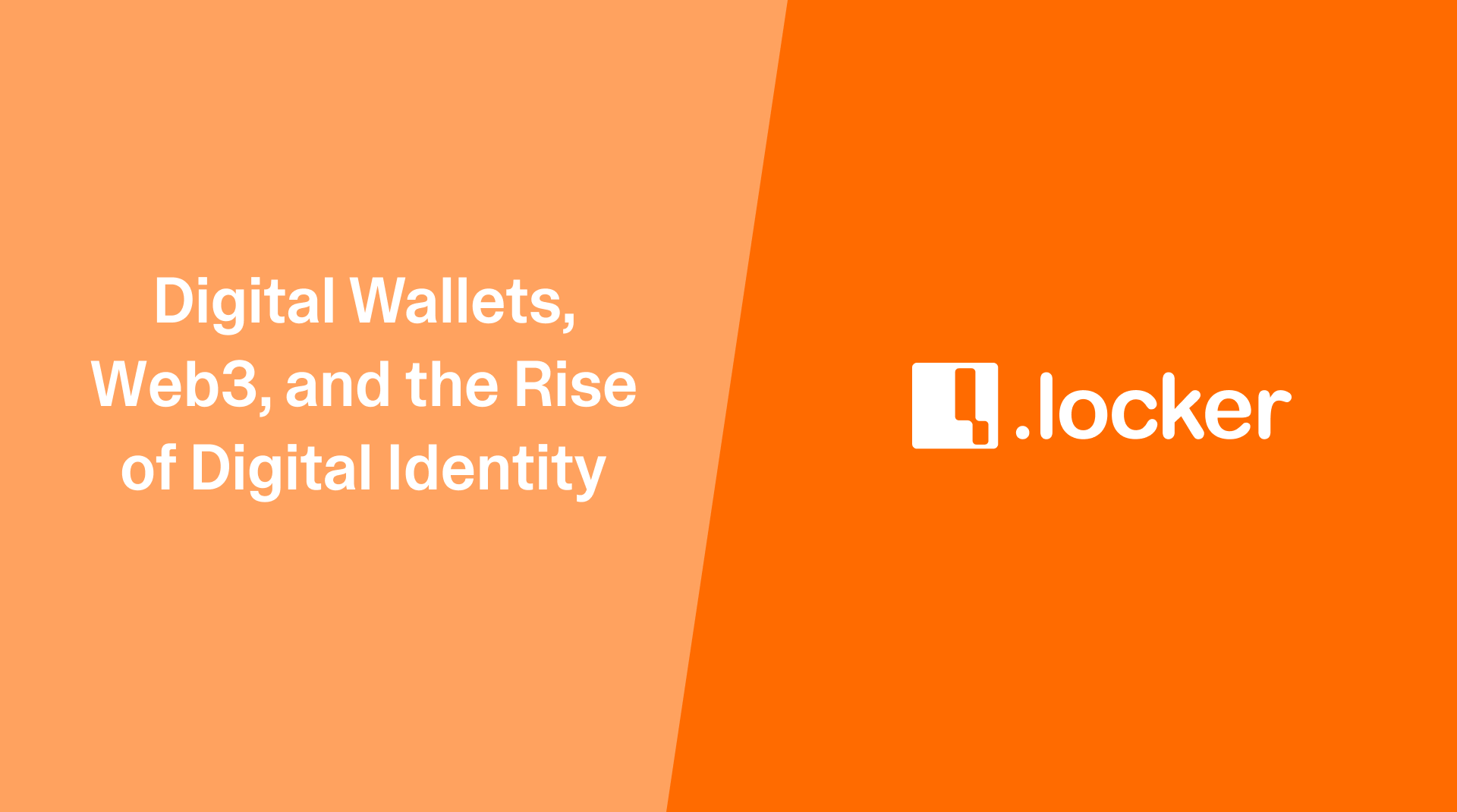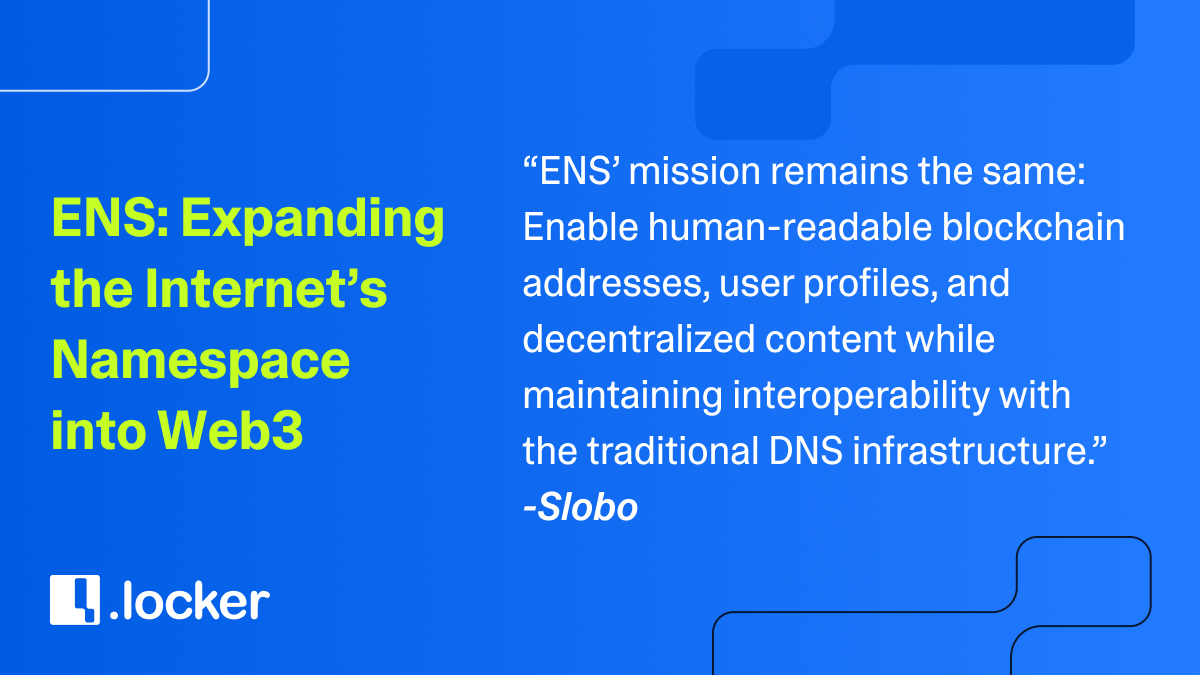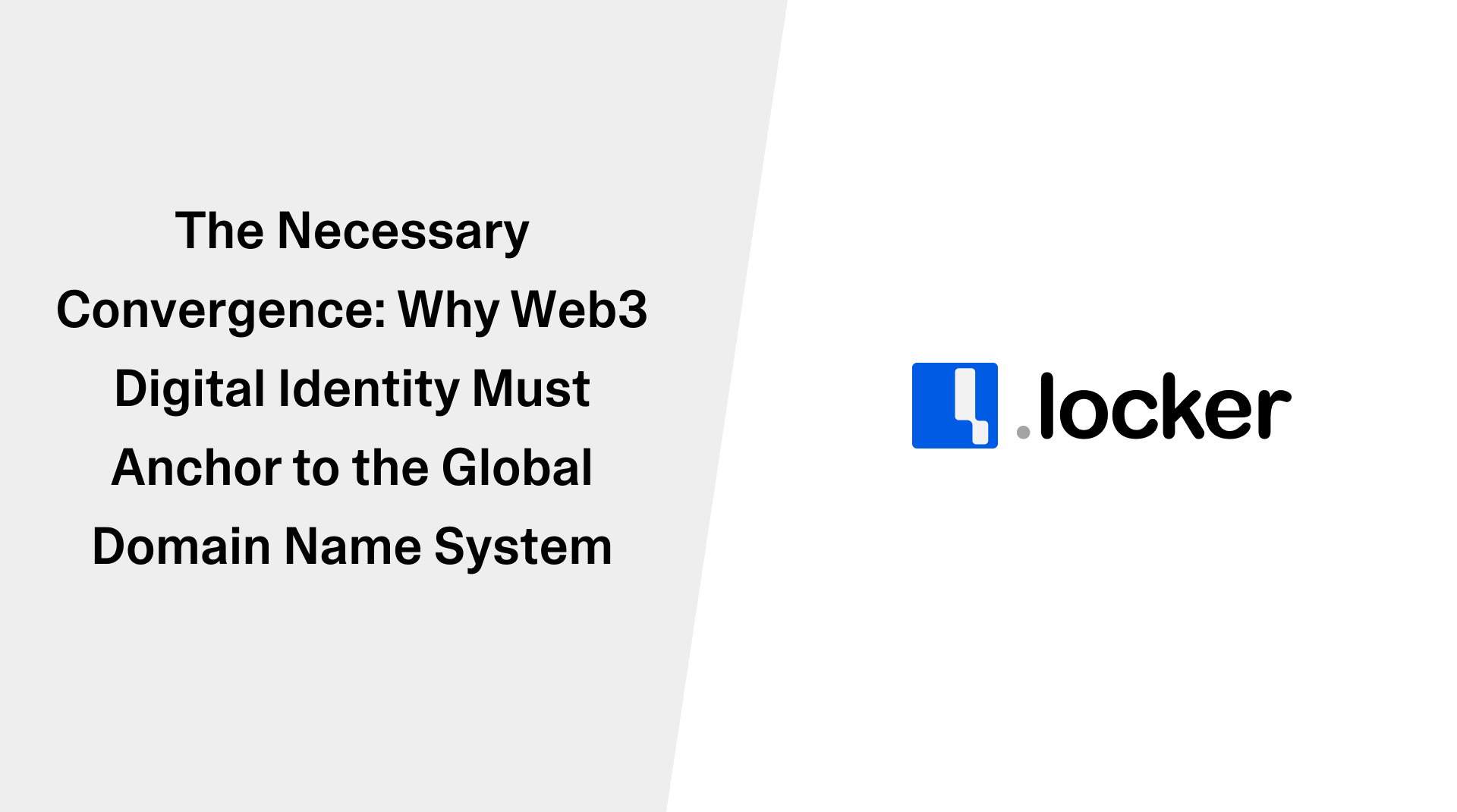What is Web3 Self-Sovereign Identity (SSI)?

Your digital identity should be firmly under your ownership. That sentence should be straightforward, but under today’s most common data systems, it can be challenging to maintain control.
Web3 self-sovereign identity is a decentralized identity model which enables individuals to own and manage their unique digital identities without relying on a central authority. Unlike traditional systems where third-party organizations manage and store user data, with SSI users control this data and only they decide when and how to share this data with others.
Self-Sovereign Identity – and more broadly, Web3 – can change that by giving users the tools they need to take back control of their identity.
What is Self-Sovereign Identity?
It refers to the concept of individuals owning their digital identity. While there are minor differences, SSI is often used interchangeably with the phrase “decentralized identity.” Think of SSI like a digital passport (or a digital wallet).
This identification data would be accepted broadly – but importantly, it would stay in your hands. Third parties, such as Meta or Google, would not be the ones storing it.
There are three key elements involved in an SSI system: a holder, an issuer and a verifier.
- Holder: The person who creates and owns their decentralized, digital identification. They receive credentials which can then be verified.
- Issuer: The entity responsible for issuing verifiable credentials.
- Verifier: The entity that checks and confirms the authenticity of the credential.
This system would effectively end the convoluted practice of having different accounts for everything you do online. It would give you a singular, crypto-based signature that you could use to ‘prove’ your identity on any post, picture or digital message.
What is Self-Sovereign Identity in Blockchain?
In a Web2 world, digital identity primarily refers to the identifiable data about you that exists on the internet. Things like usernames and passwords or social media posts that can be traced back to you.
In Web3, a digital identity primarily refers to a human-readable address that allows users to sign transactions and authorizations related to decentralized applications (dApps).
In traditional, centralized systems, the safety of that information lies with a third party, exposing your data to risk. Securing your data through Web3 technologies and embracing decentralization can help you to retake control over your privacy online.
The 3 Pillars of Self-Sovereign Identity
Self-sovereign identity can be broken down into three pillars: blockchain, decentralized identifiers (DIDs) and Verifiable Credentials. They all work together to ensure individuals maintain full control over their personal information.
Blockchain
At the foundation of Self-Sovereign Identity (SSI) is the underlying blockchain, which provides the essential infrastructure upon which the other pillars are built. Blockchain offers three key advantages: immutability, decentralization, and security.
Immutability means that once data is recorded on the blockchain, it cannot be altered, ensuring a permanent and tamper-proof record. Decentralization ensures that no central authority controls the data, distributing control across a network and reducing the risk of centralized failures or abuses of power.
Finally, security is emphasized through cryptographic proofs that protect data integrity, making the system robust against unauthorized access and tampering.
Decentralized Identifiers (DIDs)
Building upon the blockchain foundation, Decentralized Identifiers (DIDs) are unique identifiers that individuals create and own. As the name suggests, these identifiers are used to establish and verify a person's identity without relying on a central authority.
Since DIDs are not issued by any central entity, individuals have full control over their digital identities. Moreover, DIDs are resolvable, meaning they can be used to retrieve associated public keys or service endpoints.
This feature facilitates secure and private interactions by allowing others to verify your identity securely.
Verifiable Credentials
Taking it a step further, verifiable credentials are digital credentials that can be cryptographically verified to prove their authenticity. These can be things like digital driver's licenses, passports, certifications, and more.
By using verifiable credentials, privacy is significantly increased because sensitive data is protected during transactions; only the necessary information is shared, and unnecessary personal details remain confidential.
This selective disclosure not only enhances privacy but also streamlines the process of identity verification across different platforms and services.
What Can You Do With SSI?
SSI is an important tool for individuals who want to be in charge of their own identities. It’s based on principles of decentralization and trust-minimized technologies. These are Web3 features that are designed to incentivize privacy, security and freedom.
It allows you to create either a digital identity that is tied to your real-life one or – if you’d prefer – to remain anonymous.
SSIs do not rely on institutions to maintain your information, so users can feel secure that they are not entrusting one company or centralized party with their identity. Because you are in charge of the information, you have more say over who gets to see it – or you can simply remove access.
If SSI were the default system of maintaining digital identity, then accessing products online or signing into websites would solely rely on the user. Your data would not necessarily be sold to businesses for others to profit on, though you could license or sell it yourself. You become the custodian of your own information.
It can also help protect against the emerging threats of A.I. and deep-fakes. With the power to sign your content through SSI, people regain the ability to identify themselves. A deep-fake of you that lacks your cryptographic signature would instantly be suspicious to others.
Self-Sovereign Identity Use Cases
SSI unlocks a plethora of new use cases. In the simplest form, SSI unlocks digital identity verification with levels of user experience we haven’t seen before. Processes like Know Your Customer will be greatly streamlined, while protecting your sensitive information.
Individuals could maintain private records more easily, like for example, accessing and maintaining healthcare records without the need for multiple usernames and passwords. SSI could also be used to improve voting systems, allowing individuals to securely verify their identity and cast their vote.
Benefits of Self-Sovereign Identity
As highlighted with some of the use cases above, SSI is a huge upgrade for identity verification. According to data from the Federal Trade Commission, consumers reported losing more than $5.8 billion to fraud in 2021, an increase of over 70% compared to the previous year. SSI can help to put an end to fraud by minimizing the exposure of personal information.
Using SSI, the days of large data breaches, like the one that occurred this August that saw 2.9 billion records, including Social Security numbers, are dwindling.
How is it Different Under Web3 vs. Web2?
Most identity management systems currently in use are Web2—or centralized—systems. This means organizations store data in singular locations, such as physical servers or cloud storage. This centralized approach creates vulnerabilities:
- Single Point of Failure: Hackers only need to breach one point of entry to access user data.
- Lack of Control: Users have less control over how their information is used or shared.
- Complex Management: Users need separate usernames and passwords for nearly every website, increasing daily complexity.
In Web3, many of these problems are solved. With SSI, the user owns and controls their digital identity, which reduces the risk of large-scale data breaches.
Rather than being stored in a centralized hub, your data is decentralized and spread across many devices, which inherently limits the potential damage in case of a breach.
While individual security depends on your setup, the key advantage with Web3 is that only your data is at risk if your system is compromised, contrary to Web2 systems where a single breach could expose sensitive information for many users.
In Web3, you can be verified without having to reveal personal information (such as your address), and you can use one set of credentials instead of having numerous accounts to keep track of.
How to Manage Self-Sovereign Identity with Digital ID Wallets
Digital ID wallets have similar functionalities you may be familiar with, like the Apple wallet. Essentially, a digital ID wallet is an application that uses cryptographic keys to store, manage and share your verifiable credentials easily.
How to Create a Self-Sovereign Identity with .locker
Creating a self-sovereign identity with .locker is incredibly simple and secure. To get started, visit the .locker website and register for a new account as you would with any other Web2 platform.
Next, download the .locker app to your device, and follow the instructions to set up the digital ID wallet. After that, .locker will request identification documents to verify your identity and credentials.
From there you can use the .locker app to manage credentials, sharing them as needed.
Self-Sovereign Identity FAQs
What is a sovereign blockchain?
- This is a decentralized network that enables entities to control their own data without the use of a central authority. This is the foundation upon which SSI built to enable secure and private identity management.
What is SSI in blockchain?
- Blockchain provides a decentralized and immutable ledger that ensures that self-sovereign identities are secure, verifiable and controlled by the individual.
Does SSI need blockchain?
- It does not strictly require blockchain, but blockchain is a perfect medium that enhances SSI by providing a decentralized and tamper-proof platform to manage identities.

Digital Wallets, Web3, and the Rise of Digital Identity
The next generation of wallets isn’t limited to credit cards or bank transfers- they’re becoming the gateway to Web3.
December 22, 2025

ENS: Expanding the Internet’s Namespace into Web3
From recent appearances at ICANN in Prague and Dublin, to strategic partnerships and real-world integrations like .locker, ENS is proving that Web3 naming doesn’t replace the traditional internet- it expands it.
December 17, 2025

The Necessary Convergence: Why Web3 Digital Identity Must Anchor to the Global Domain Name System
Achieving enterprise level and consumer growth in Web3 hinges not simply on advancing blockchain efficiency, but on the implementation of a seamless and unified digital identity framework utilizing the Domain Name System (DNS).
December 16, 2025



